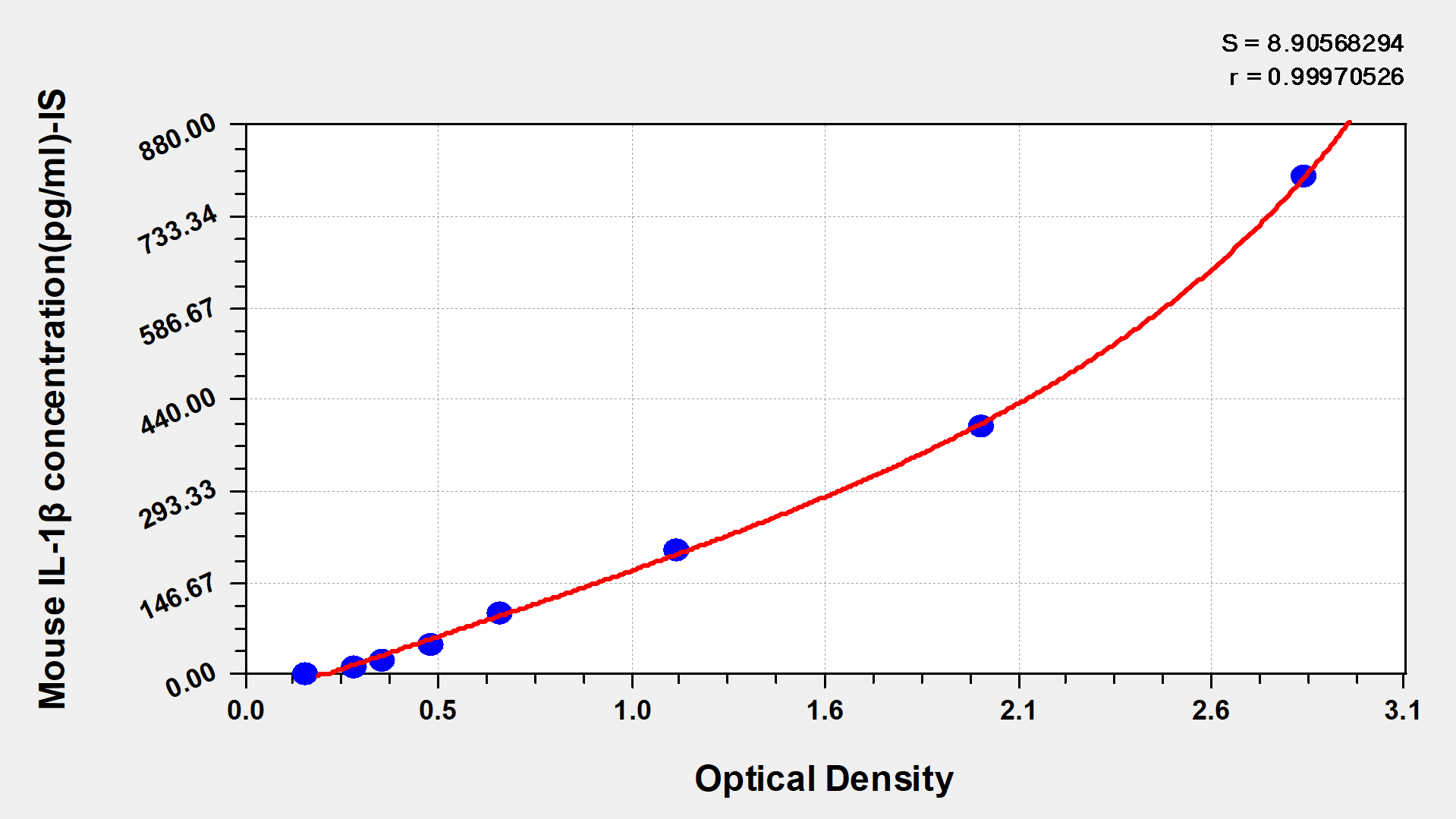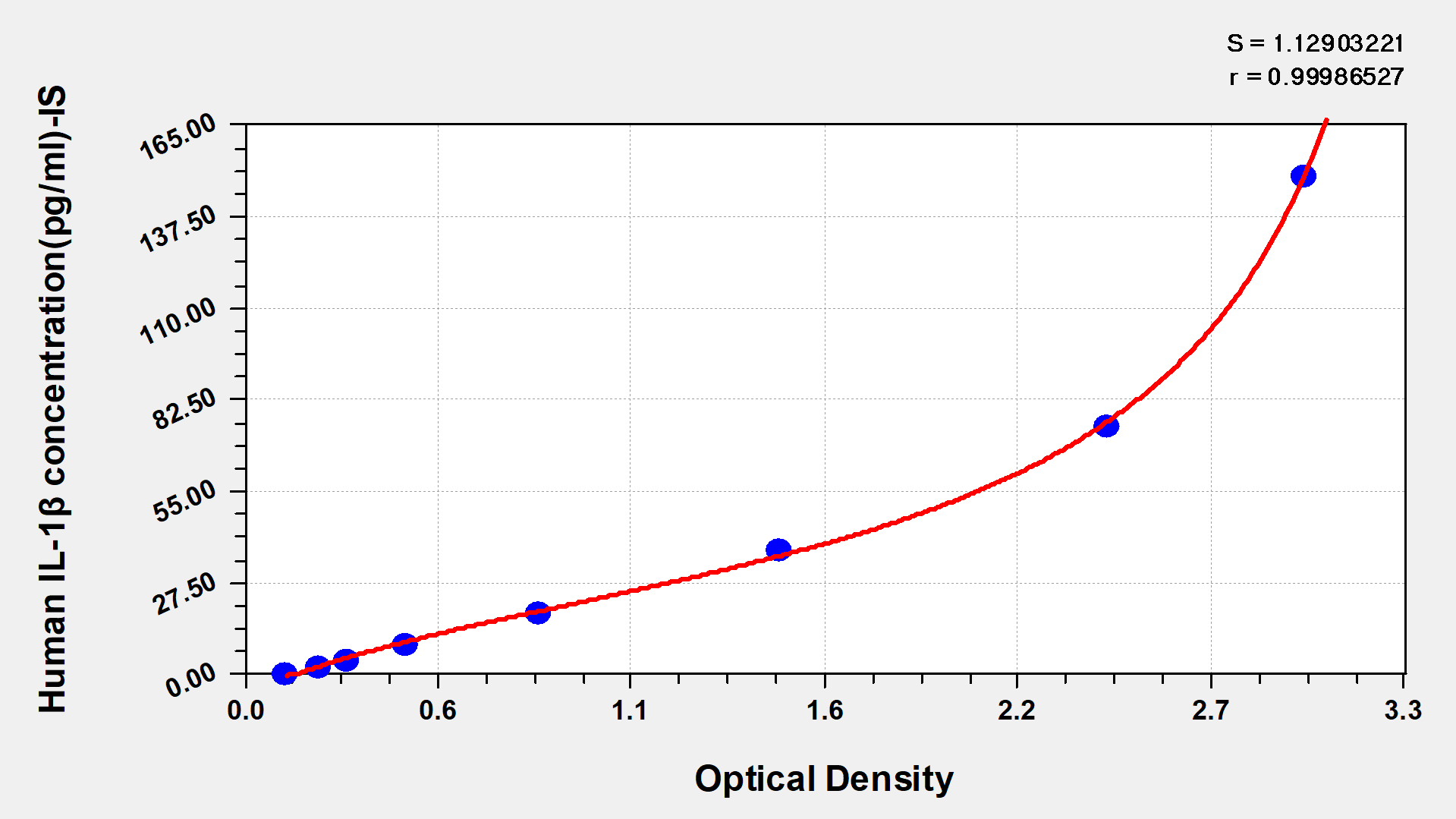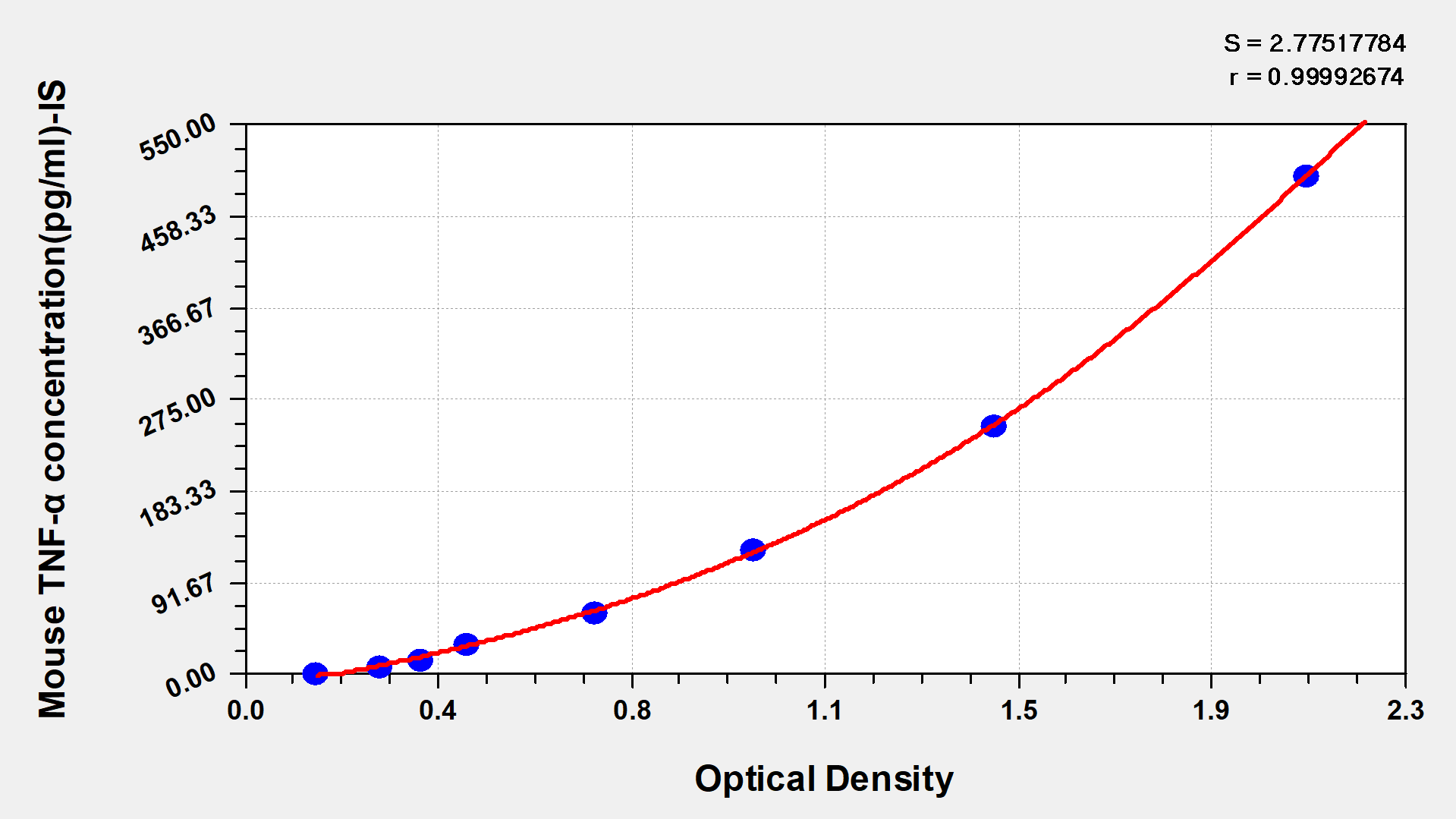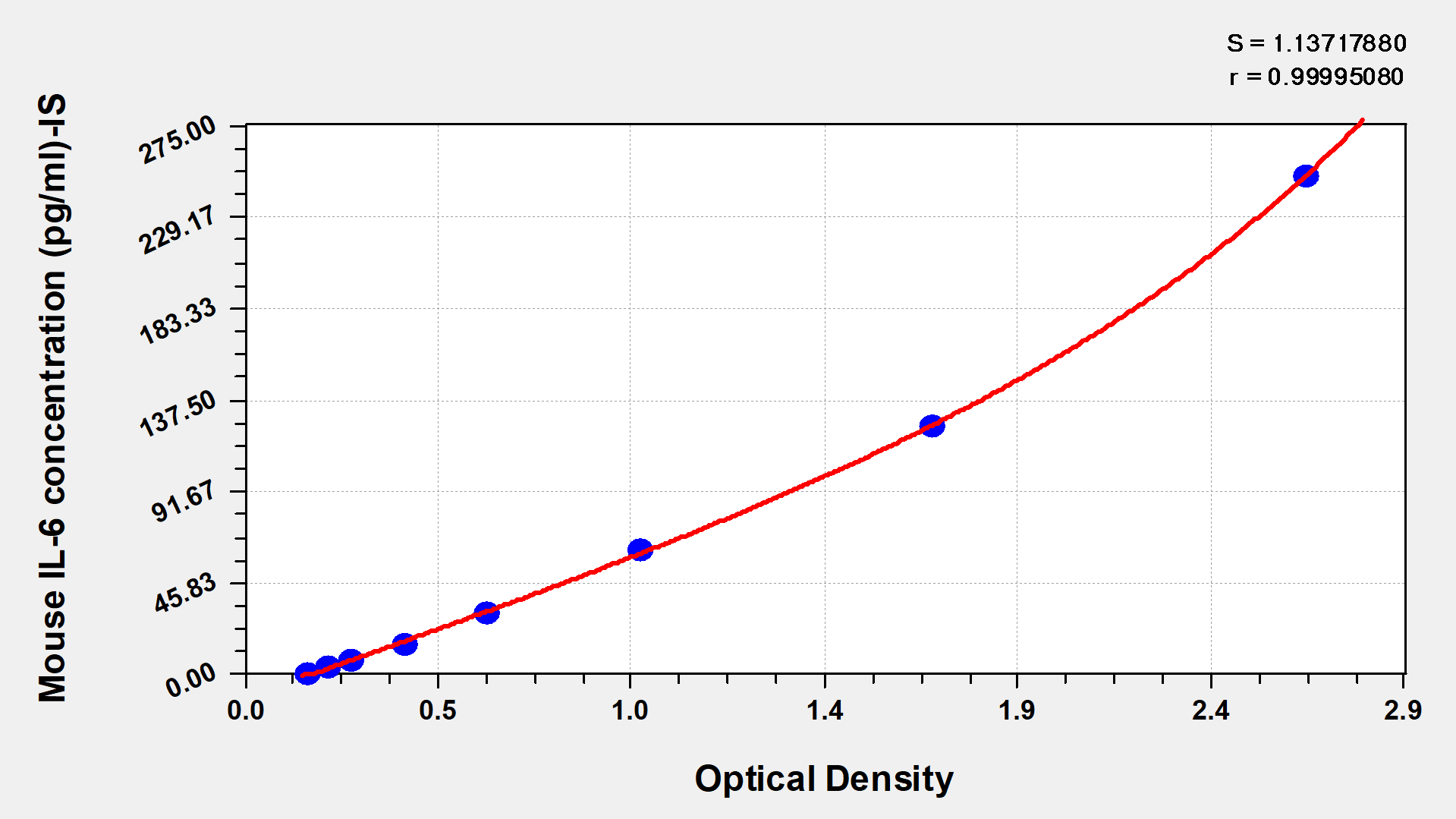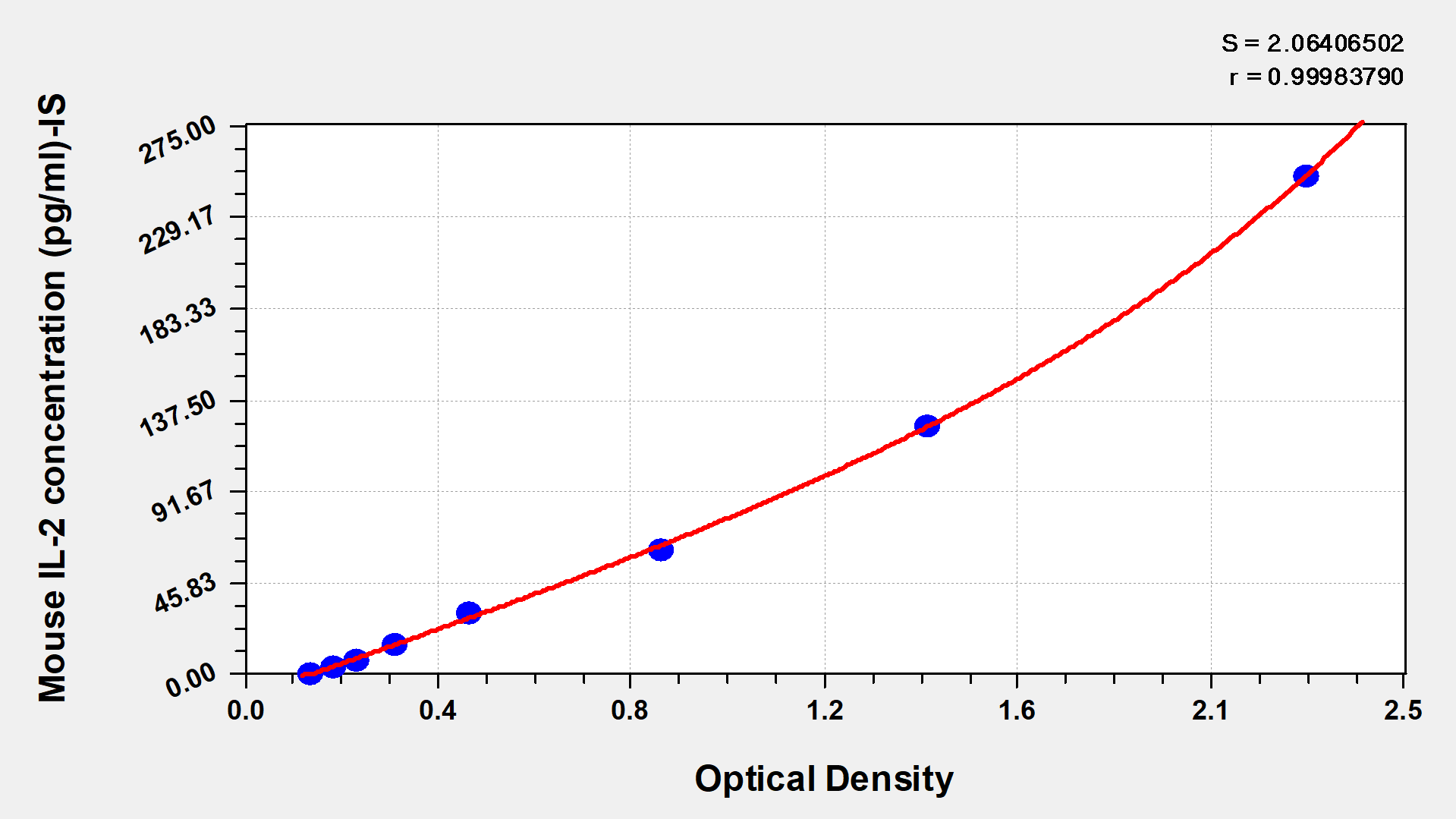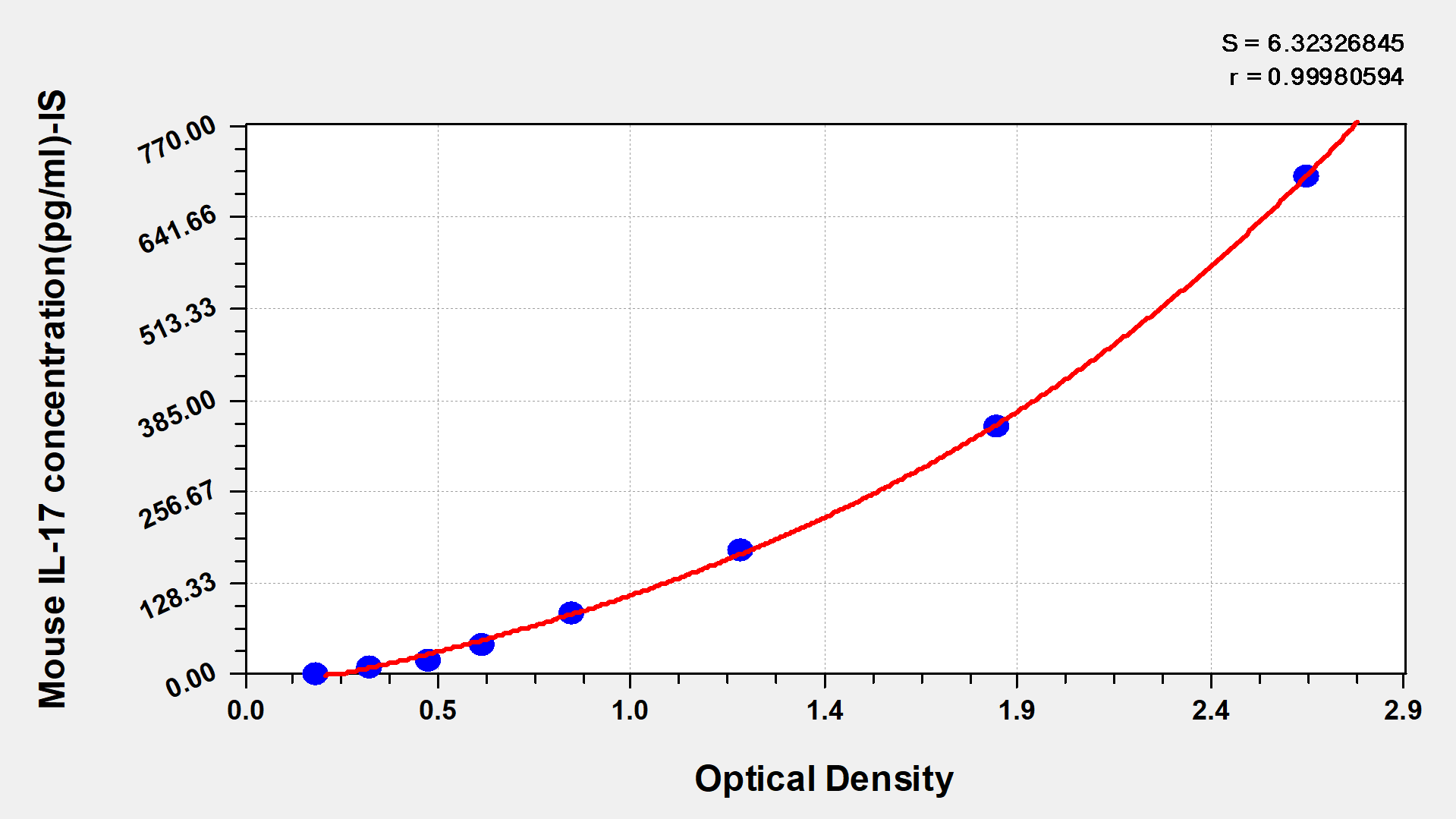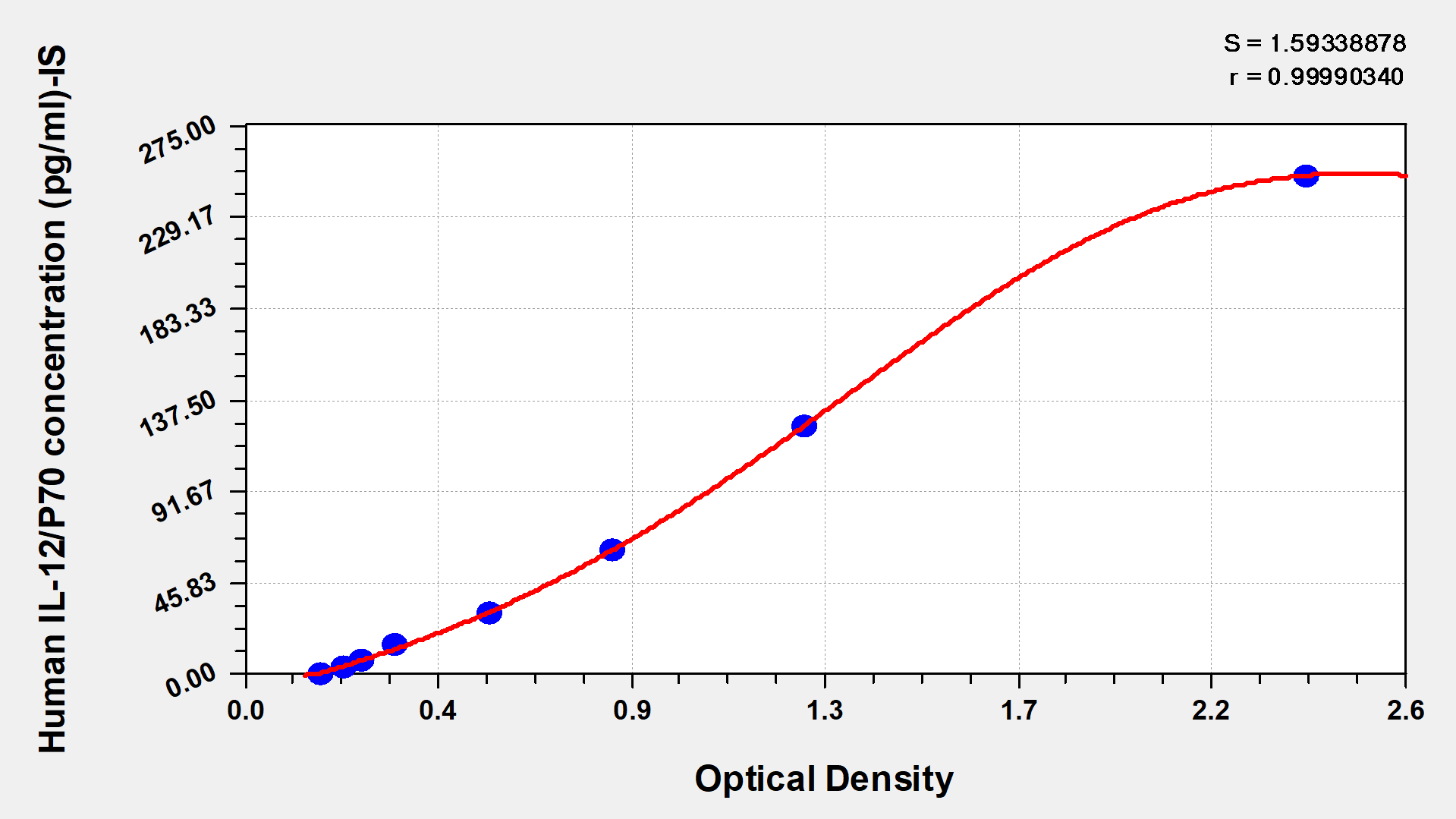- A micro ELISA plate --- The 96-well plate has been pre-coated with an anti-human RIPK3 antibody. This dismountable microplate can be divided into 12 x 8 strip plates.
- Two vials lyophilized standard --- Dilute a bottle of the standard at dilution series, read the OD values, and then draw a standard curve.
- Biotin-labeled RIPK3 antibody (100 x concentrate) 1 x 120 μl ---Act as the detection antibody.
- HRP-avidin (100 x concentrate) 1 x 120 μl --- Bind to the detection antibody and react with the TMB substrate to make the solution chromogenic.
- Biotin-antibody Diluent 1 x 15 ml ---Dilute the high concentration Biotin-antibody to an appropriate working solution.
- HRP-avidin Diluent 1 x 15 ml ---Dilute the high concentration HRP-avidin solution to an appropriate solution.
- Sample Diluent 1 x 50 ml---Dilute the sample to an appropriate concentration.
- Wash Buffer (25 x concentrate) 1 x 20 ml --- Wash away unbound or free substances.
- TMB Substrate 1 x 10 ml --- Act as the chromogenic agent. TMB interacts with HRP, eliciting the solution turns blue.
- Stop Solution 1 x 10 ml --- Stop the color reaction. The solution color immediately turns from blue to yellow.
- Four Adhesive Strips (For 96 wells) --- Cover the microplate when incubation.
- An instruction manual
顯示更多
收起更多





